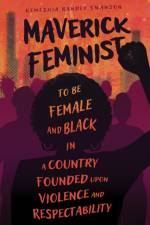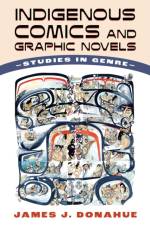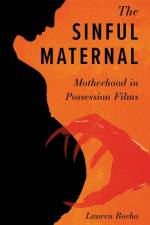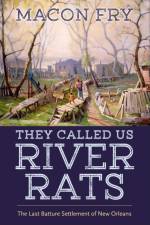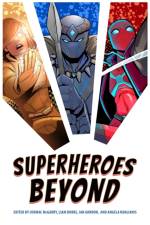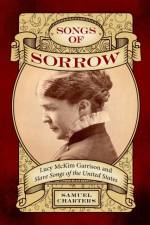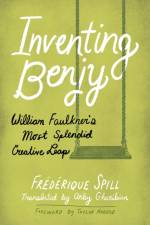av Perian Conerly
339,-
Before cable television and mega-contracts, professional jocks' lives were little different from those of the fans in the stands. Back then, the game they played was much simpler but far rougher than anything seen today. Ever cheering from the sidelines, Perian Conerly, wife of the New York Giants' star quarterback Charlie Conerly, and the first female sportswriter in the National Sportswriters' Association, wrote this lighthearted account of pro football during its heyday (1948-1961). Her husband led the Giants for fourteen seasons. As she describes the glory games, the players, and life on the road, she delivers from the inside the kind of personal reportage that fans adore. Her story begins with the hilarious misadventures of her wedding day in Clarksdale, Mississippi, "the Golden Buckle on the Cotton Belt." It ends thirteen years later with Charlie's retirement at the age of forty. In between, there are vignettes of the closely knit cadre of Giants' wives, most of whom resided in the same Bronx hotel near Yankee Stadium. She also reports locker-room gossip and recounts amusing pro-ball anecdotes of a time before TV made athletes' images familiar in all households. Although their deeds on the gridiron were notable, their faces were not. Back then, players were so anonymous in public that many times they fell prey to imitators who stole their identities to mooch drinks and dinners from unsuspecting fans only for the thrill of passing as "somebody." Along with her scoop reports on winning games, Mrs. Conerly paints an endearing portrait of her famous husband, an Ole Miss legend who, after retirement, was hired as the first Marlboro Man. Though her style is casual, she moves the reader painlessly through some of the finer points of the game. The Washington Evening Star touted her for "having written the best book on pro football in a long time." The New York Times, for which Mrs. Conerly wrote occasional sports columns, said "Backseat Quarterback is exactly the kind of book that one would expect Perian Conerly to write. Its pages shine with her charm, gaiety, wit, intelligence, and sparkle." Newsweek praised its "comic insight." This reissue of a favorite book of 1963 has a foreword by the Conerlys' friend and teammate Frank Gifford.



